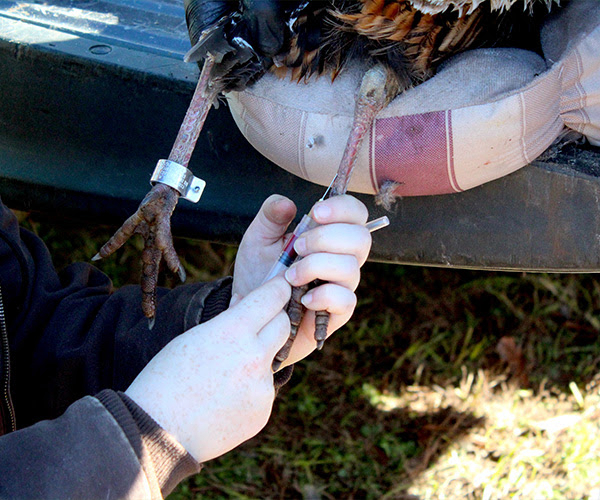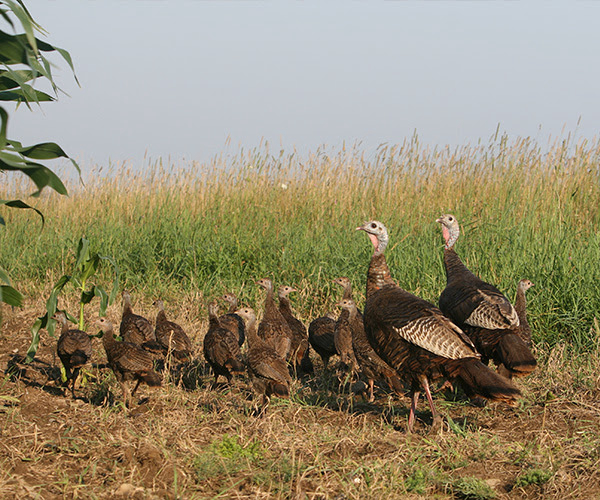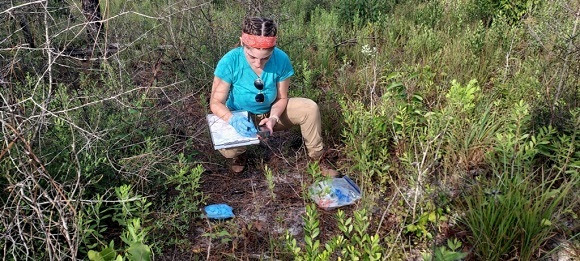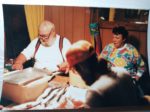Making the Varmint Rifle Sing
By Glen Wunderlich
April 15th – that mournful day when we must reckon our financial gains in the form of “contributions” to the government so that it can” invest” in the future for us. The date is also well known in Michigan predator hunting circles as the last day to save a turkey poult or new-born fawn from the mouths of coyotes. After that, coyotes are free to raise another crop of killers for three months. And, effective killing machines they are!
In the third year of an ongoing study in Michigan’s Upper Peninsula by folks at Mississippi State University, coyotes topped the charts above wolves and bobcats as the number one predator of fawns. The study found that predators killed 73 percent of 80 radio-collared fawns that died of the total of 142 being tracked. Rabbits and hares have vanished, as well.
So, when I spotted a coyote den in an area where I hunt deer, I knew it was time to get a varmint rifle dialed in. This particular site was in a wide-open alfalfa field, with the best possible ambush site exactly 220 yards away.
 I grabbed a true varmint rifle – a Remington 700 in .22-250 caliber – and headed to the sight-in bench. Because of a concern for wind drift, I selected the heaviest bullet – a 55-grain missile traveling at 3610 feet-per-second. The computer had me sighting in .22 inches high at 50 yards so that the tiny projectile would be perfectly elevated, zeroed if you will, at exactly 200 yards. After that, the long-range proposition would be up to faith in a computer-generated ballistic report.
I grabbed a true varmint rifle – a Remington 700 in .22-250 caliber – and headed to the sight-in bench. Because of a concern for wind drift, I selected the heaviest bullet – a 55-grain missile traveling at 3610 feet-per-second. The computer had me sighting in .22 inches high at 50 yards so that the tiny projectile would be perfectly elevated, zeroed if you will, at exactly 200 yards. After that, the long-range proposition would be up to faith in a computer-generated ballistic report.
Since I had no reason to doubt ballistic science, I went afield, but was never offered a shot. Since then, a 200-yard range has become available and that meant it was time to field test the load and computer results. From a solid bench rest and with a particularly slight breeze and the Leupold scope twisted up to its maximum of 20 power, the first shot was less than one inch below the 200-yard center. A second shot – a mere .625 inches from the first shot – confirmed the same elevation. Had I the ability to actually get the bullet exactly .22 inches high at 50 yards, I must assume it would have been dead on. The two-shot group (.625 inches) directly below the center was made with 55-grain Sierra hollow point boattail bullets and the low left group measuring .675 inches was punched with 50-grain Nosler Ballistic Tip bullets.
Then it was on to a target set at 250 yards. The computer predicted the bullet would strike 2.47 inches low with the 200-yard zero. After a 2-click scope adjustment, which should have put the bullet dead on at 200, I let another rocket fly. The single test shot confirmed the accuracy of the computer once again, as the bullet drilled a hole in thedistant target less than 3 inches low.
The ability to predict with certainty where a known load will strike far downrange still baffles me. But, I don’t really need to know how it works, just that it does.
All that is needed is a computer, ballistic program, and a chronograph to measure bullet speed. The total investment is less than $150 not including the computer. Without actual long-range sighting in, I have concluded that given proper input, the computer can be a hunter’s best friend.








